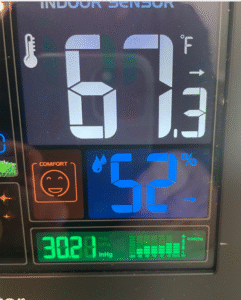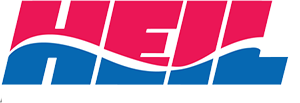Home Remediation, Removal and Restoration
The Remediation Process
Our remediation services are designed to address the presence of unwanted organic developments in homes and businesses, focusing on creating safer living and working environments through comprehensive assessment and treatment. The initial step involves professional inspection and testing to gauge indoor air quality and the extent of contaminant presence. Specialists utilize advanced technology—such as HEPA filtration systems and air scrubbers—to ensure thorough purification of affected spaces, thus capturing invisible spores or particles that can compromise wellbeing.
Removal and Containment Techniques
Effective remediation hinges on both containment and removal. Technicians isolate contaminated areas to prevent further spread, then employ a combination of demolition, cleaning, and specialized sanitizing techniques to eradicate growths from surfaces and materials. Porous items, like drywall and carpet, may need to be removed, while salvageable materials are meticulously treated using non-residue misting or approved antimicrobial applications. This approach ensures that surroundings are not just visually restored but also hygienically safe for occupants.
Prevention and Restoration
Beyond physical removal, our experienced professionals target the underlying causes—most notably excess moisture—to reduce recurrence risk. After initial cleaning and disinfection, restoration includes monitoring humidity levels, applying protective coatings, and offering guidance for long-term prevention. Integrated services may also extend to property restoration and communications with insurance companies, streamlining the process for property owners and guaranteeing results. The goal is to restore environmental integrity without major disruption, delivering peace of mind and a healthier indoor space.
 Reducing Humidity to Slow and Eliminate Growth
Reducing Humidity to Slow and Eliminate Growth
Homes on the coast are especially vulnerable to organic growth. We monitor and reduce humidty in your home to a normal range of 50-55%. Homes in South Carolina should have a humidity notification system to maintain the relative humidity year round. Cleaning out ducts, controlling humidy and then moving that restored air through the duct system works to rid your home of organic growth that can harm your health.
Air ceiling is also very important. By doing a blower door test we can help you identify any leaks that need to be sealed so that outside humidity does not get drawn into cooler areas and make your home a petri dish for unwanted growth.
What to Expect: Remediation Services Steps .
First, an expert will take a good look around the area to see where the problem is and how big it is. This is similar to a careful check-up to spot where things don’t seem right. Next, the team will block off the part of your home or business that’s affected, making sure the issue doesn’t spread to other spaces. After this, they will clean up and remove any materials or items that have been damaged, making sure to use supplies and methods that make your environment safer.
Once the space has been thoroughly cleaned and any damaged pieces are taken out, the team will use special equipment to remove any lingering particles that can’t be seen with the naked eye. Finally, after everything is put back together, the crew will help you figure out how to keep things dry and prevent the problem from coming back. They may offer tips or simple fixes for you to use in the future, ensuring a healthy space for everyone who uses it.
Your Part in Remediation and Restoration:
- Know the Problem: Make sure you understand why the work is needed and which areas will be fixed.
- Ask about Safety: Ask workers how they will keep you and your property safe before, during, and after the clean-up.
- Get Clear Instructions: Ask the team to tell you what you need to do while work is happening—like moving furniture, leaving the house, or shutting off your HVAC.
- Be Ready for Workers: Clear a path so workers can get where they need to go. Remove any items or valuables that could get in the way.
- Watch for Signs: Keep an eye out for dust, extra moisture, or new damage. Tell workers if you notice anything unusual during the project.
- Ask Questions: If you do not understand something, ask for it to be explained in simple words. Ask for updates each day so you know how things are going.
- Confirm the Work is Done: Before the team leaves, check that the area looks clean and feels dry. Ask how you can help keep it that way in the future.



